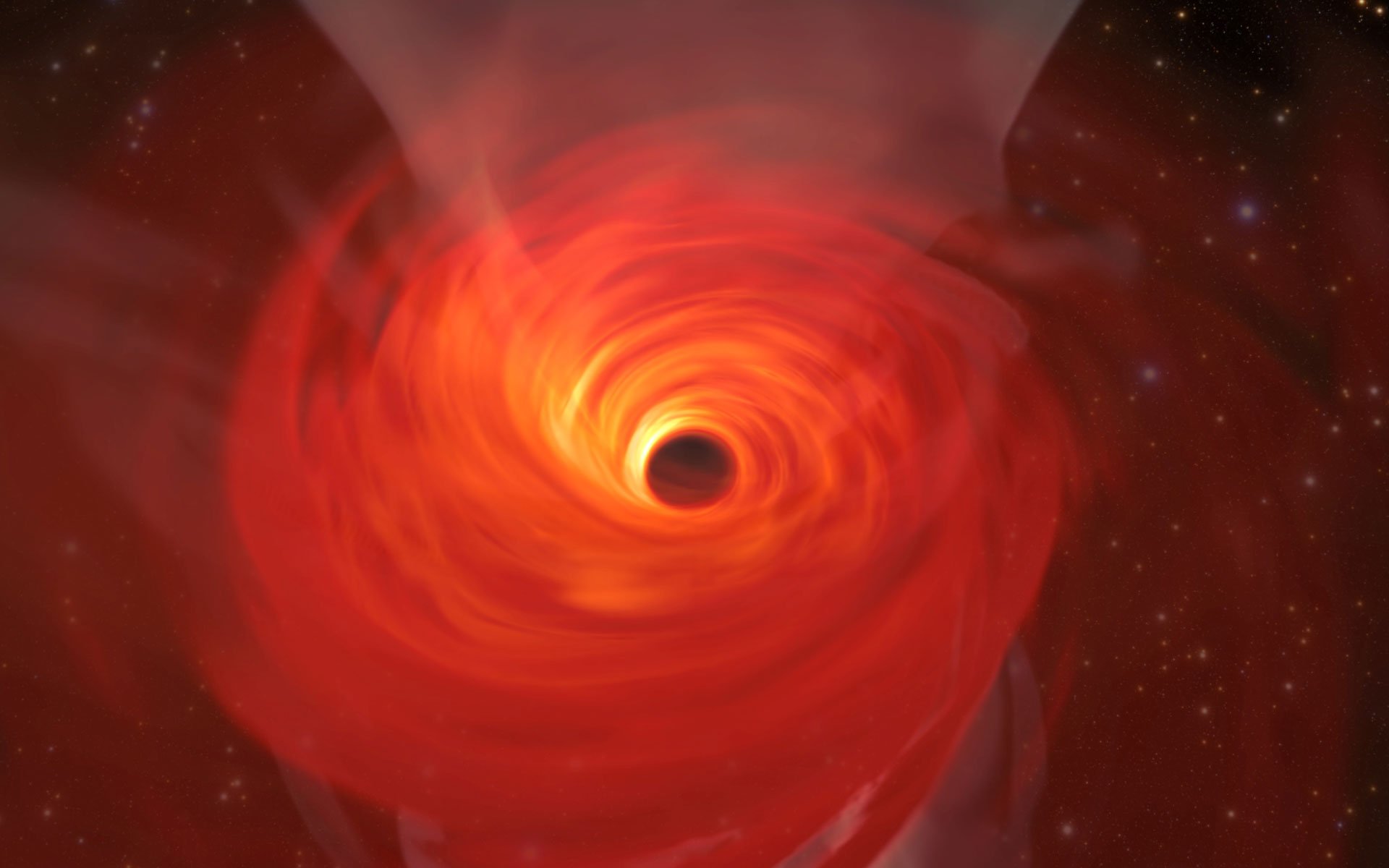

Previous research on M87’s supermassive black hole indicates the galaxy’s mighty jets are produced when a dense disk of matter – called an accretion disk – whirls around the black hole at up to 2 million miles per hour (3.5 million km/h). And a seven-year study with the Hubble Space Telescope caught this invisible beast firing a powerful jet of high-energy particles out at nearly the speed of light, shooting them roughly 5,000 light-years into space. M87’s supermassive black hole packs the mass of several billion suns into a surprisingly tiny volume. But within it hides one of the most powerful galactic engines in the local universe. Without the striking spiral arms that decorate many of its neighbors, M87 comes off as something of a dull, spherical blob.

In turn, the Virgo Cluster is a primary component of the much larger Virgo Supercluster. This giant holds trillions of stars and helps anchor the roughly 2,000 galaxies - including the Milky Way - that make up our local cosmic city, dubbed the Virgo Cluster. Messier 87 (M87) is a behemoth elliptical galaxy that sits some 53 million light-years from Earth. "Overall," the paper states, "the observed image is consistent with expectations for the shadow of a spinning Kerr black hole as predicted by general relativity." Galaxy M87 revealed And according to research published today in The Astrophysical Journal Letters, the structure of black hole is nearly circular, as predicted by Einstein's theory of general relativity, meaning the theory has passed yet another stringent test. The results confirm that the hot gas swirling around a black hole is traveling at nearly the speed of light, creating a chaotic maelstrom around the black hole itself. As part of the Event Horizon Telescope (EHT) project, the team used a global array of telescopes to probe the fiery disk of material swirling around the gargantuan black hole at the center of the galaxy M87.

A massive international collaboration of researchers has released the first-ever direct image of the hellish environment surrounding a supermassive black hole.


 0 kommentar(er)
0 kommentar(er)
